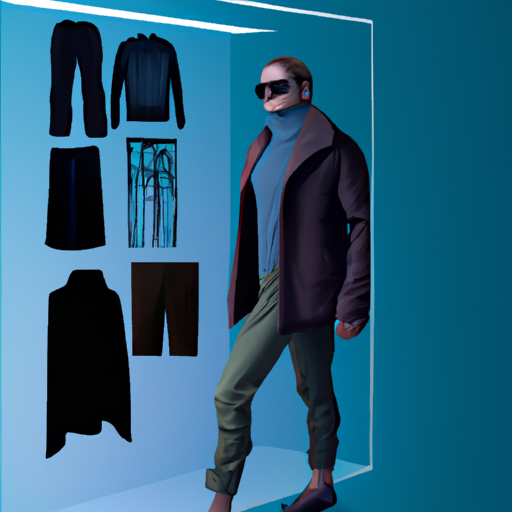Digital fashion is transforming how we interact with clothing through immersive technologies and personalized experiences. Virtual wardrobes and AI-powered styling platforms are revolutionizing personal fashion consumption and self-expression. This groundbreaking exploration reveals the intersection of technology, creativity, and individual style.

The digital revolution is fundamentally reshaping the fashion landscape, introducing unprecedented ways of experiencing, designing, and consuming clothing.
Traditional fashion paradigms are giving way to immersive, technology-driven experiences that blur the boundaries between physical and virtual realms. Digital fashion is no longer a futuristic concept but an emerging reality that offers innovative approaches to personal style and self-expression.
Virtual wardrobes represent a significant leap in how individuals curate and interact with clothing. Advanced platforms now allow users to create comprehensive digital closets, mixing and matching virtual garments with photorealistic precision. These technologies enable consumers to experiment with styles, colors, and combinations without physical limitations.
Artificial intelligence is playing a transformative role in personalizing fashion experiences. Machine learning algorithms analyze individual preferences, body types, and style histories to generate hyper-personalized recommendations. These AI styling assistants can suggest outfits, predict trends, and even design custom clothing tailored to specific user preferences.
The emergence of digital-only fashion is particularly fascinating. Designers are creating clothing exclusively for digital platforms, meant to be worn in virtual environments, social media, and augmented reality experiences. These digital garments offer unlimited creative possibilities unbounded by physical manufacturing constraints.
Cryptocurrency and blockchain technologies are also intersecting with fashion through non-fungible tokens (NFTs). Digital fashion items can now be bought, sold, and collected as unique, verifiable assets, creating entirely new markets and modes of ownership.
Sustainability is another crucial dimension of digital fashion. By reducing physical production and enabling virtual try-ons, these technologies can significantly decrease waste and environmental impact associated with traditional fashion consumption.
As technology continues to evolve, the boundaries between physical and digital fashion will become increasingly fluid. The future promises seamless integration of augmented reality, artificial intelligence, and personalized design technologies.


